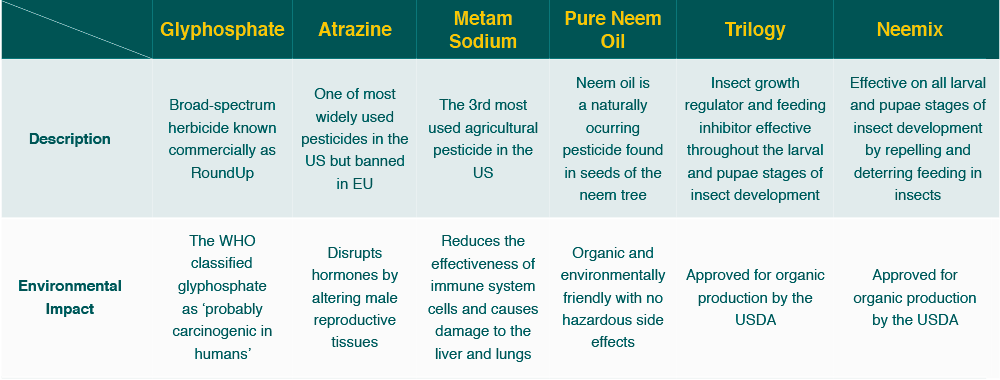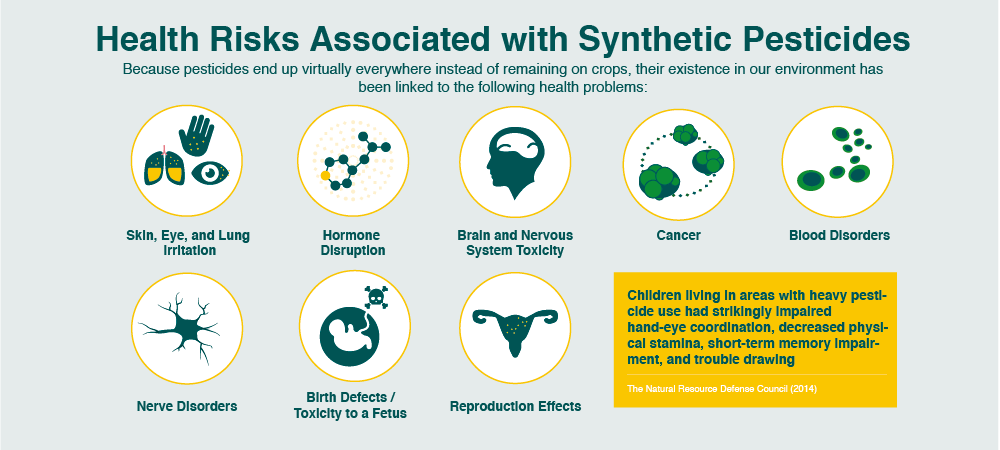The oceans feed more than 500 million people and provide jobs for 350 million people.
At least 500 dead zones have now been reported near coasts, up from under 50 in 1950. A recent example is the red tide on the southwestern coast of Florida and the Gulf of Mexico, which has killed thousands of animals and significantly disrupted the biodiversity of the area. The red tide is a normal seasonal occurrence in southwestern Florida, however, this year’s tide has astoundingly lasted since November 2017. Areas affected are known as “hypoxic areas” or “dead zones”. The cause of such hypoxic (lacking oxygen) conditions is usually eutrophication, an increase in chemical nutrients in the water, leading to excessive blooms of algae that deplete underwater oxygen levels. Nitrogen and phosphorous from agricultural runoff are primary culprits. These toxic agrochemicals can take years to break down and leave a path of destruction from farm to ocean during that time. Hypoxic areas have also contributed to the depletion of fisheries across the globe and scientists are currently studying the effects that oxygen depletion has on climate change.
Dead zones can occur naturally, but the prevalence of them since the 1970s—when dead zones were detected in Maryland, Scandinavia’s Kattegat Strait, the mouth of the Baltic Sea, the Black Sea and the northern Adriatic — highlights the growing impact of mankind. Perhaps the most infamous U.S. dead zone is an 8,500 square mile swath (about the size of New Jersey) off the Gulf of Mexico, not far from the nutrient-laden Mississippi River, which drains farms up and down the Midwest.


At Primal we foresee this transformational change in agriculture and we have placed ourselves ahead of the curve. Operating the largest commercial neem plantation in the world, we believe that tackling the issue of toxic pesticides and agricultural runoff requires creating a new model for agriculture that is based on sustainability and regenerative practices. Synthetics like pesticides and fertilizers take years to break down and pose severe risks to the environment as well as every living organism on earth. Biodegradable and non-toxic to mammals, azadirachtin, neem’s most active ingredient, dissolves in a matter of days and therefore poses no risk for above or underground bodies of water. It disrupts the growth cycle of insects and deters them from feeding on plants with no side-effects for humans or the environment, while increasing yields and nurturing the soil. The demand for natural solutions like neem will grow alongside consumer demand for change in agriculture given there is no Planet B.